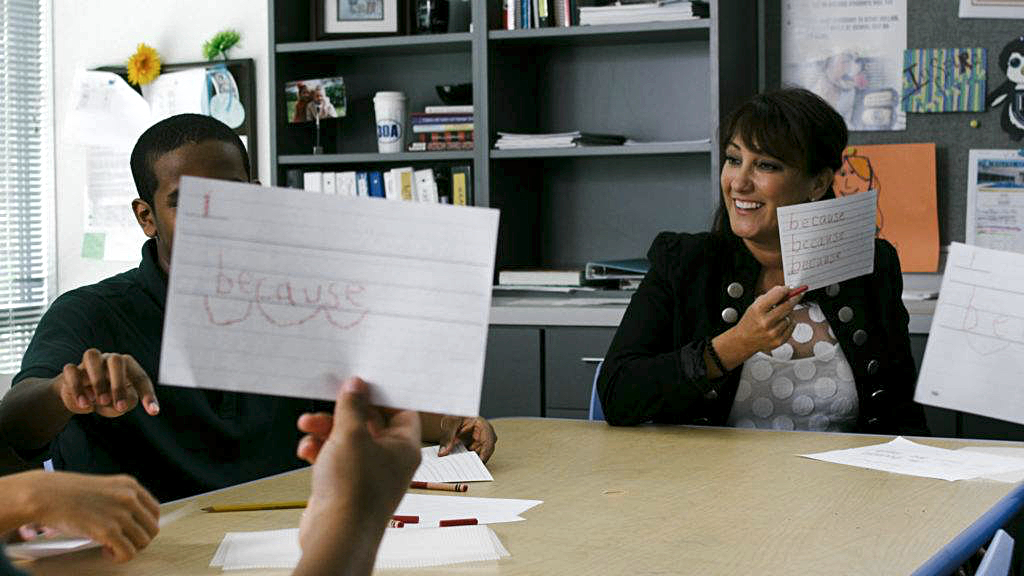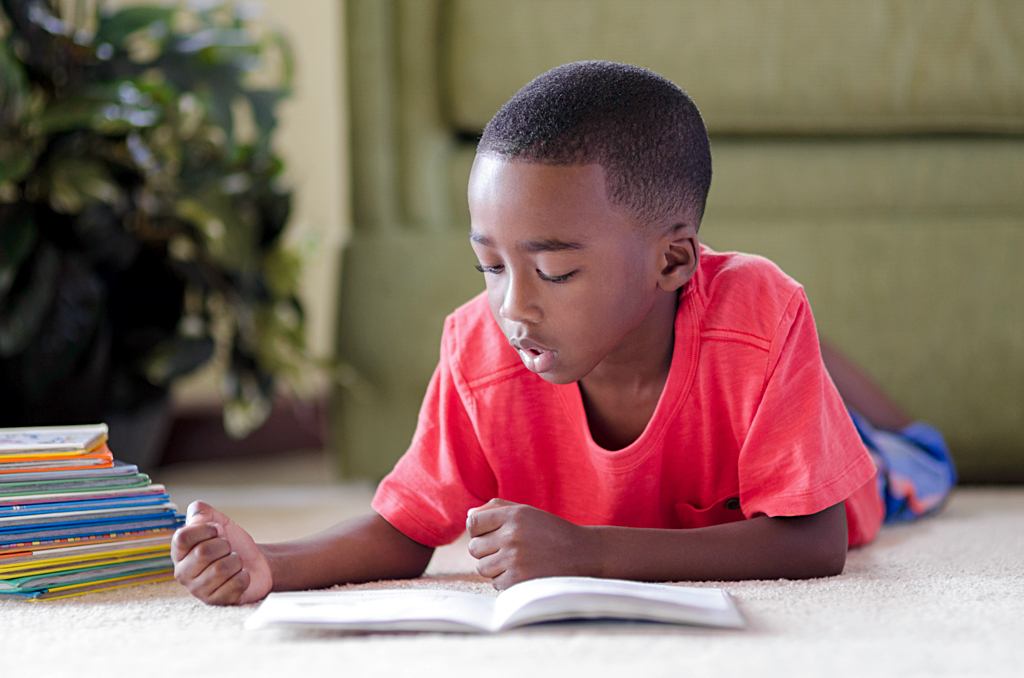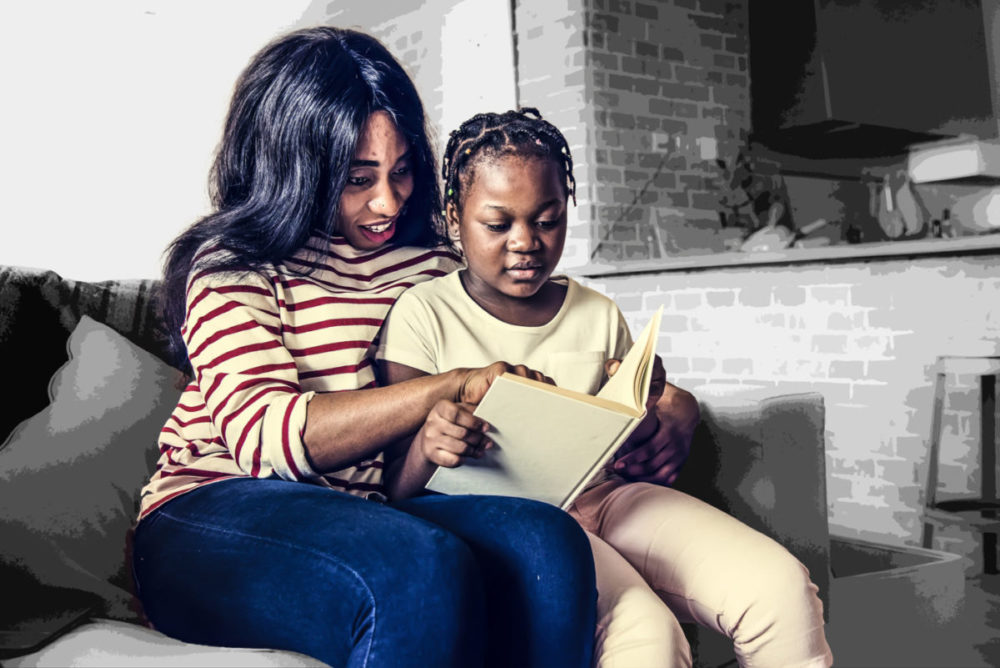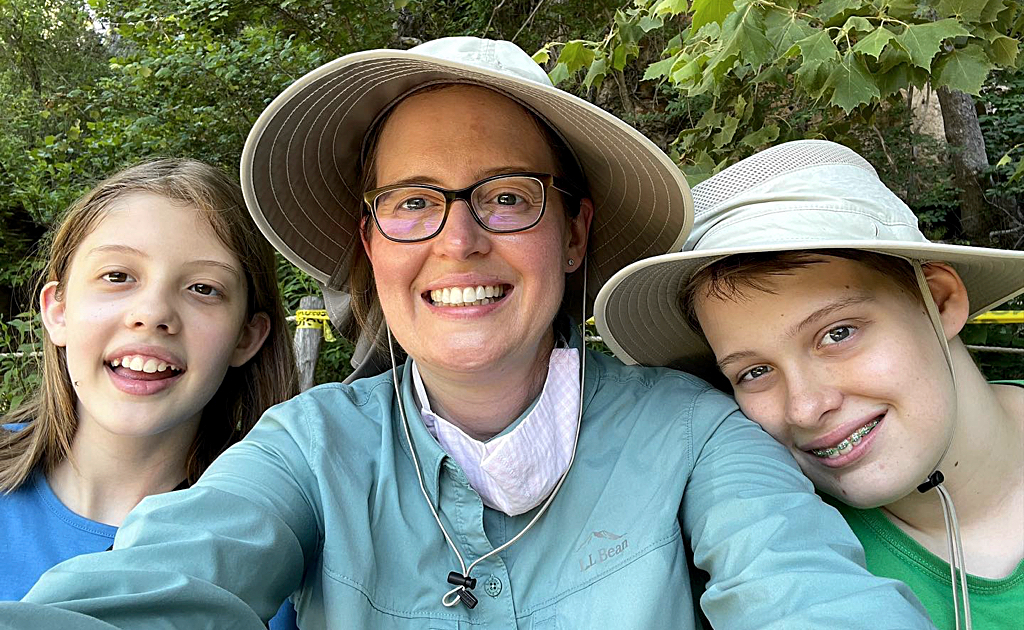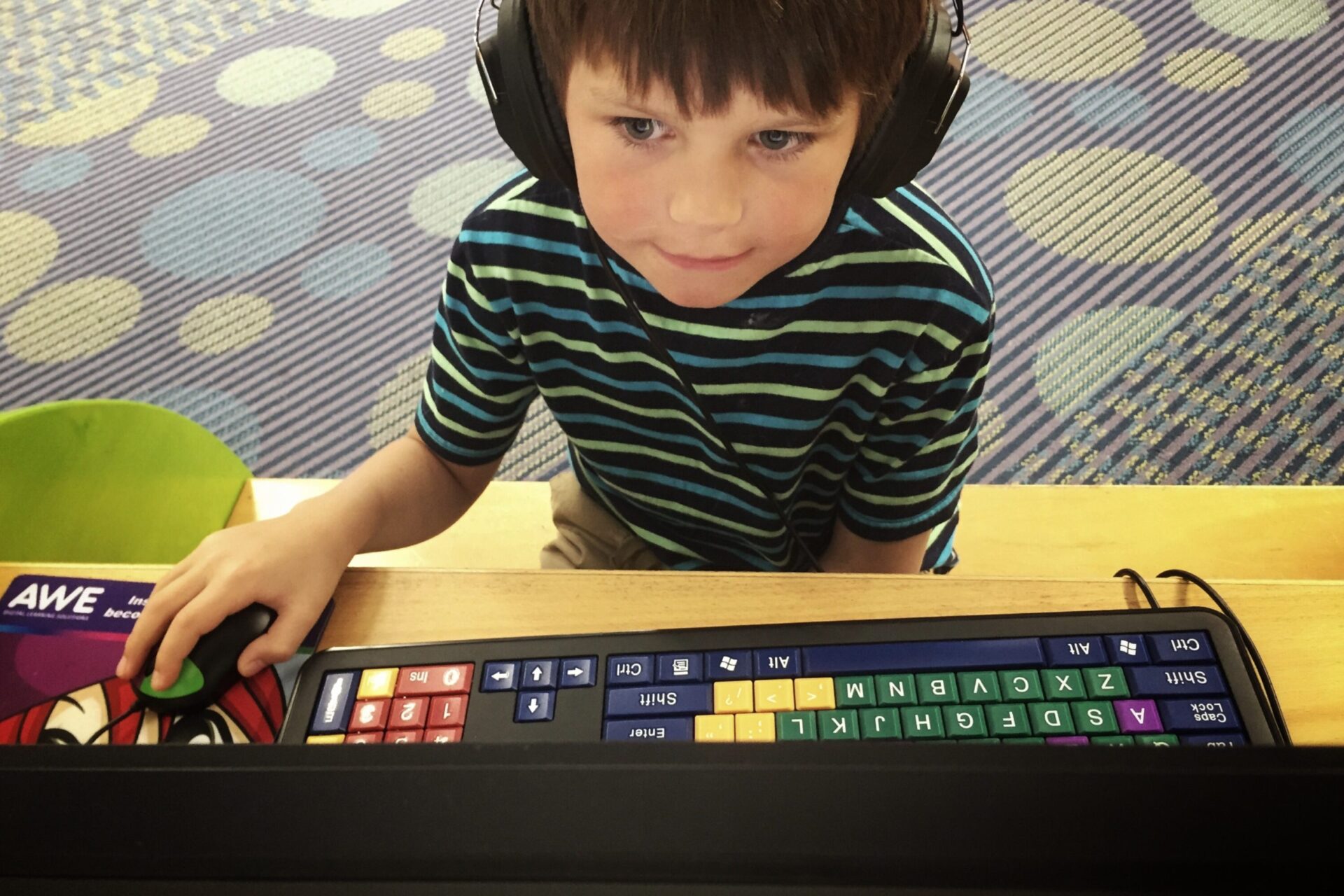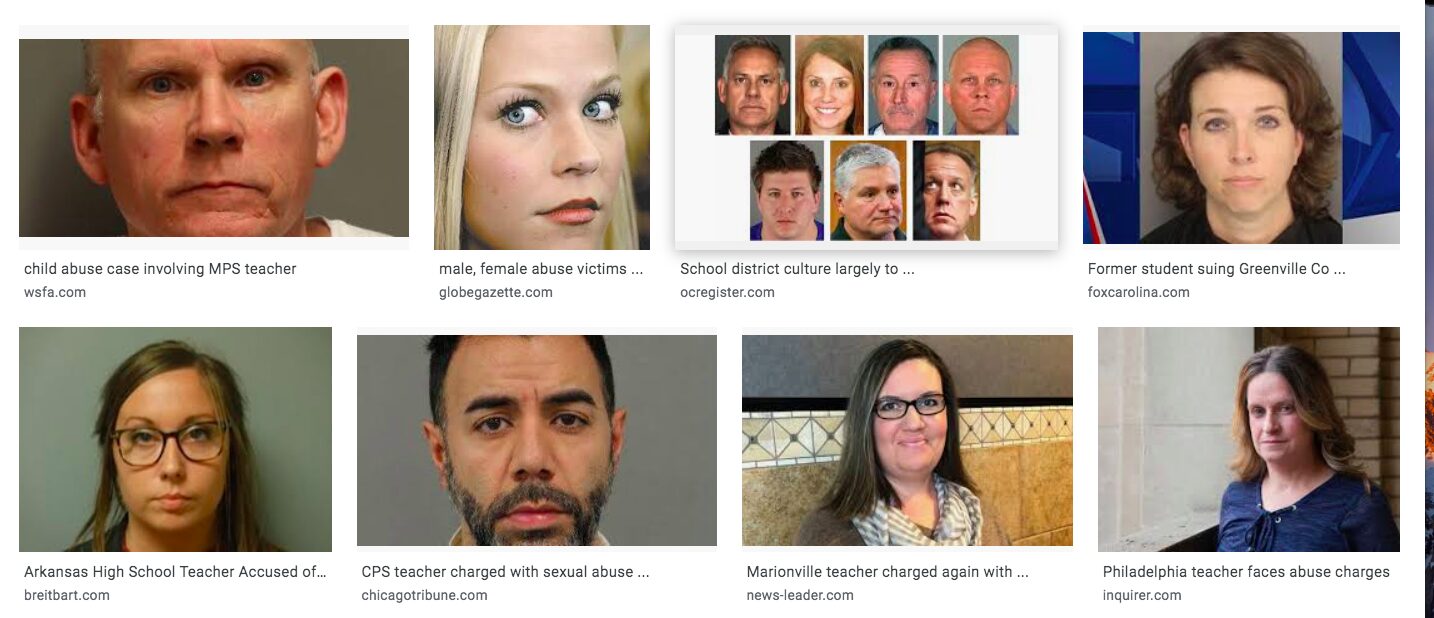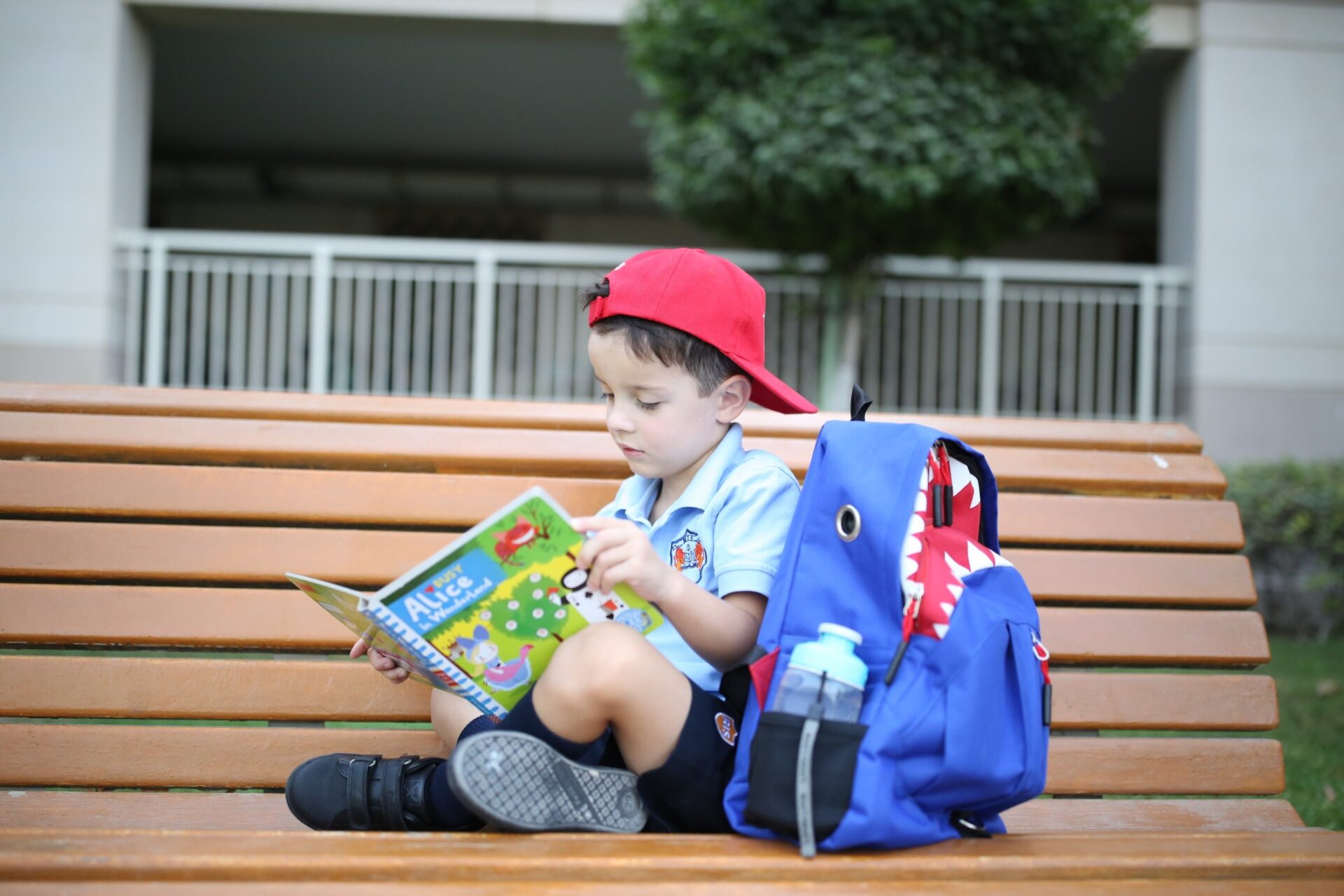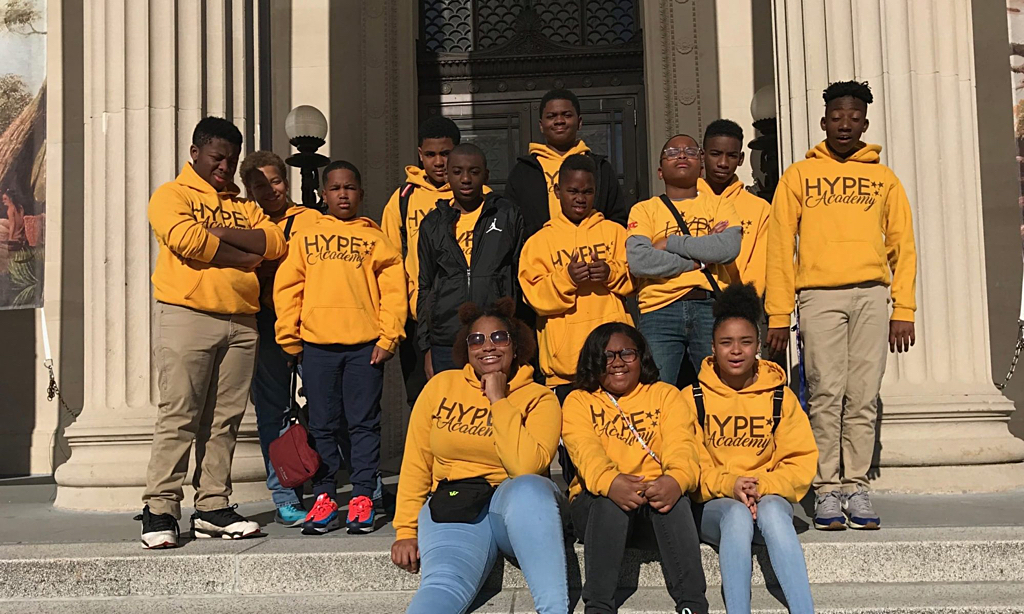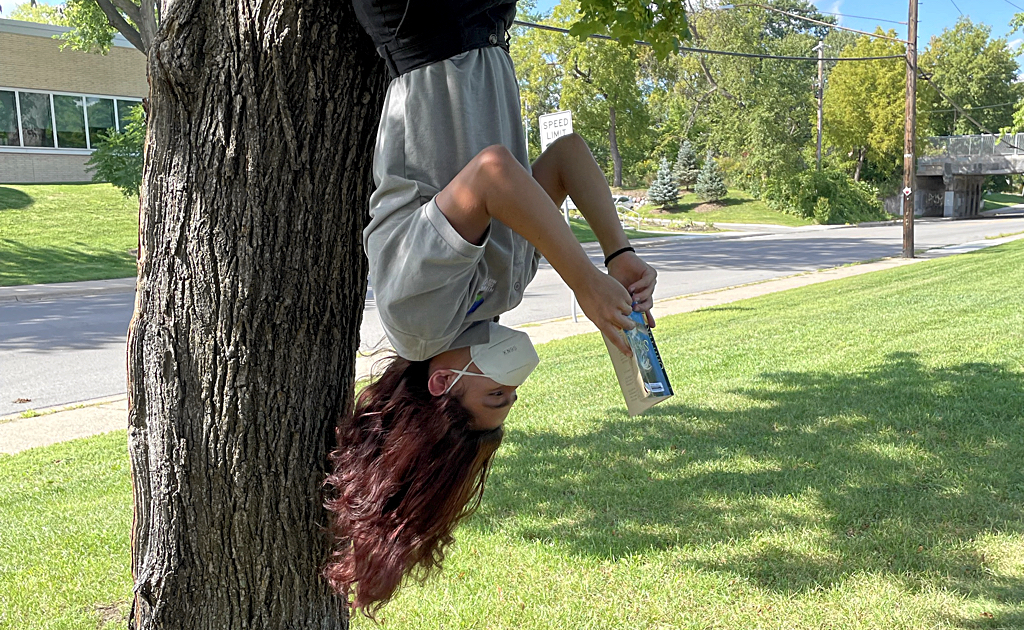
8 Ways I Know My Students Are Voracious Readers
An important question a lot of people ask is: “How do we teach kids to read?”
An important question we don’t ask enough is: “How do we teach kids to read independently?”
We need to figure out the answer to the second question because it is undoubtedly, inextricably stitched into the answer to the first question.
The nuts and bolts of basic reading might very well be instructor-driven. But if we want our students to read more than what we assign, if we want them to “close the gap” during the school year and/or to “catch up” over the summer, if we want them, indeed, to live a life of letters — and I hope we all want this — then students must read voraciously on their own.
I wrote last school year about some ideas for encouraging independent — even, sometimes, defiant — reading.
Today I want to think about how we’ll know whether it’s working.
One way is through test scores, of course, and I’m certainly not going to argue here that these scores are meaningless.
But I will say there are all kinds of other, equally meaningful ways to confirm that students are reading for reasons other than compliance. In other words, it’s not enough that their scores are inching up (though that’s no small feat). We want signs that they are taking the initiative in their reading lives.
How I Know My Students Love to Read
Without further adieu, here’s a non-exhaustive list of things I look for — in my classroom and in the halls — to reassure me that students are reading with energy and of their own volition:
- In surveys, when I ask them what books they like to read and what TV they like to watch, they describe books and shows of the same genre. Example: My more reluctant readers might say they like to watch horror or mystery, but then list “Diary of a Wimpy Kid” as their favorite book. I am not knocking “Diary of a Wimpy Kid,” by the way. I love those books. I’m saying that independent readers who truly read for the fun of it tend to seek out stories in print that resemble the stories they see on big and small screens (and vice versa).
- At the end of in-class reading time, when I tell students to put away their books, I’m secretly hoping to see them ignore me for at least a few seconds as they try to find a place where they can bear to pause the story that’s playing across the pages and their minds.
- In the halls, students try to walk to class while reading. Have you ever witnessed a student weaving their way through a sea of bodies, face planted in a book? I have, and it’s a beautiful sight to behold.
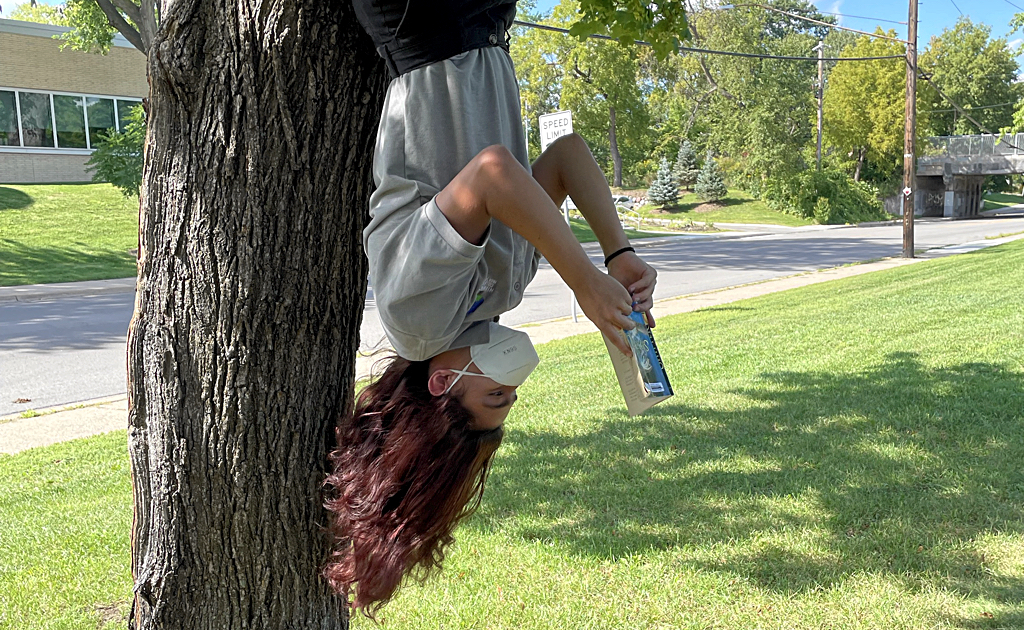
It isn’t only their responses to their independent reading books that are telling, either. How they act while reading a shared text can also speak volumes.
It isn’t only their responses to their independent reading books that are telling, either. How they act while reading a shared text can also speak volumes. For example:
- Do your students come into the classroom with something to say or ask about the book, something they want answered right away, before class has even begun?
- Do they write all over the margins or on Post-It notes without you requiring them to do so? When they write in the margins, is their tone informal? I once had a kid write in the margins of her copy of “The Lord of the Flies,” “Jack’s being such a b****” — only she didn’t use asterisks. I was elated, bad language be damned.
- Do they show up to office hours not to talk about their grade or re-take a quiz, but to confer about whatever the class is currently reading?
- Do they feel wronged because they can’t remember a plot detail on the quiz since they read that chapter days ago and are way past it now?
- Do they ask, either pleadingly or forcefully, to keep the book that is part of a classroom set?
As I said, this was not intended to be an exhaustive list. In fact, I’d love to hear from you about what you look for as signs that your students are becoming independent readers. In any case, it seems clear to me that a class and school that has truly embraced joyful (willful?!), self-driven literacy will hear and see some of the above.
What are some of the ways your students show they are becoming independent readers?
